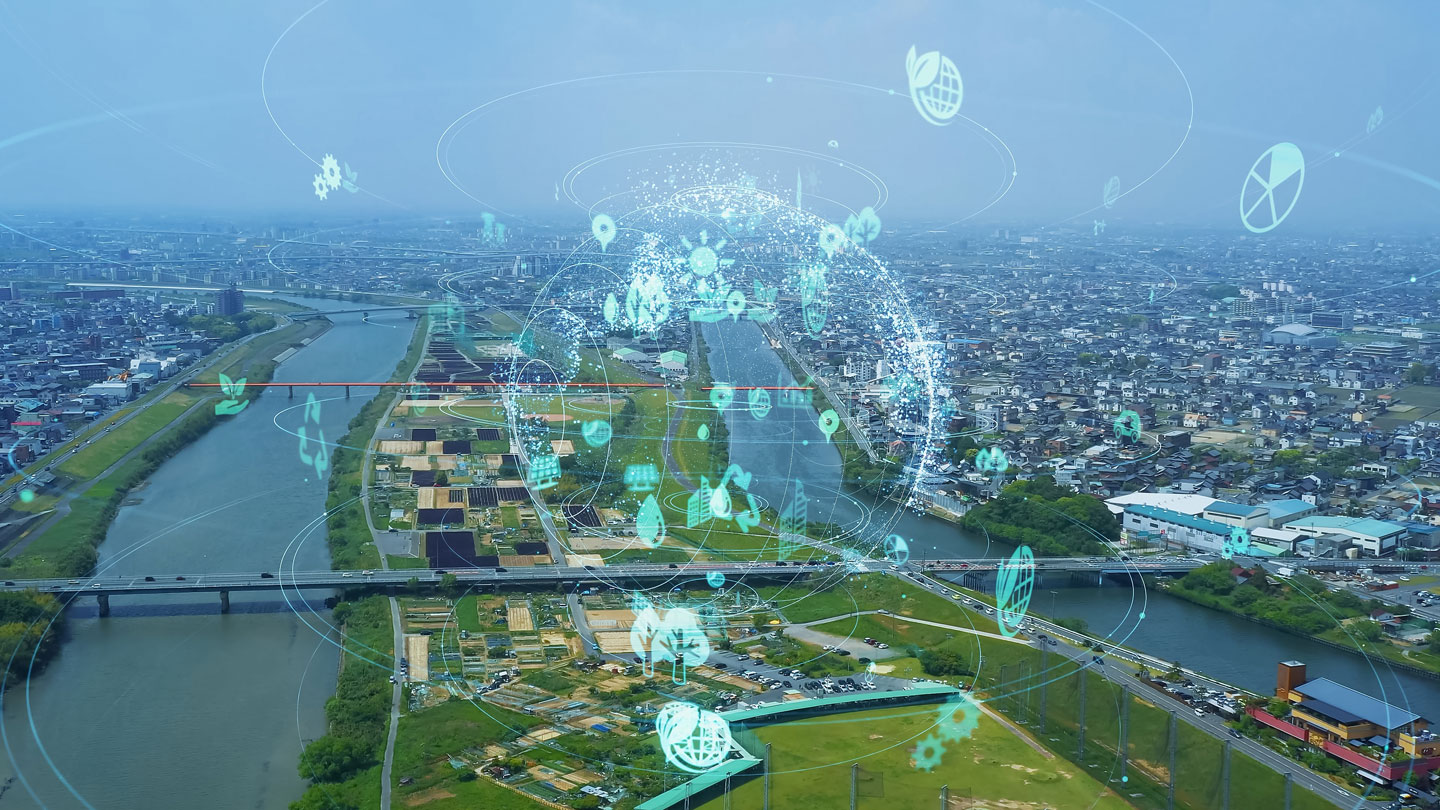The thrive of making business more sustainable has encompassed people, organizations, processes and operations, transforming sustainability itself – beside an environmental concern – into a social and economic need. Companies that understand the relevance of integrating such demand in the workplace are also the ones committed to the development of dedicated projects, departments and business strategies to support growth in this direction.
The common association of sustainability with the planet´s physical resources have led to their usage as a metric to measure sustainability´s impact on the environment. CO2 emissions in plant machineries, eco-friendly packaging or environmental-friendly ingredients are, however, just some of the examples in an environment changing at the same pace of the fast and continuous business market development. This shift in perception has indeed shown that physical factors as the above-mentioned ones are often combined with digital setups to drive change and create a significant business impact on the environment.
Companies’ increasing commitment to sustainability has furthermore fostered the search for providers with higher standards and dedication to the subject. Certifications, CSR, ESR, as well as sustainable projects have become the metrics to evaluate a supplier´s quality as well as ability to integrate with the current market vision for the future. Maintaining such levels through product enhancement and resource management is however often not sufficient: as the sustainability system develops, processes and tools need to develop with it.

The combination of physical and digital resources represents a good starting point to understand the change in the business market and master the increasing sustainability requirements standards and many sectors have already started taking advantage of it. Finance service providers are investing in technologies fostering long-term developments and growth anticipation strategies. Firms looking for computing resources efficiency rely on Cloud Computing providers to unload the burden of provisioning and maintaining physical infrastructures. Automotive and machineries manufacturers implement automated technologies for quality control and resource management. However, leveling to the sustainability standards is not an easy task.
Technological advancement is indeed not always a synonym of sustainability. Many recent examples have shown how the road to developing environmentally friendly products is not as easy as it seems. Digital markets´ virtual accent often conveys the idea that such ecosystems have very little impact on environment and climate change. However, potentially useful technologies like blockchain – arisen to simplify or optimize transactions – can still have negative side effects, which can be superior to their usefulness. Studies have indeed shown that cryptocurrency itself has one of the highest environmental footprints amongst the latest digital breakthroughs. The computation calculations that are necessary for mining currencies consume an amount of power that has resulted in about 30 kilotons of annual electronic waste.
Measuring the impact of corporate resources through sustainability scores can help predict the involvement of a business in environmental, social and governmental responsibility. However, it is not always a sufficient indicator of the overall impact of this involvement on both a business and a market ecosystem. Technology in this case can become the tool to leverage if one wants not only to measure sustainability, but also enhance it through an environmentally cautious digital ecosystem.
Recognizing sustainability in digitalized markets
Technology has expanded its reach across different sectors and areas of applications in the business environment: Software solutions developed for dealerships, mobile apps tailored to logistic firms, AI-based solutions dedicated to customer support and many more. However, such a broad development has led to the concept of sustainability acquiring a different meaning in each of these different environments. Therefore, understanding where and how technology can intervene in the sustainability process in different industries has become more and more complicated.
However, a few simple points of considerations can be used as a baseline to understand which sustainability strategy best fits your market of interest:
- Identification of an end goal: this means understanding what the final objective is to be achieved through a digital sustainable transformation, but also what sustainability means in the industry. In concrete: are we considering a product optimization or a process improvement? Does sustainability in my area of interest pass through mobility, logistics or monitoring? Will I get the most results out of simple measurements, anticipation or an agile approach?
- Identification of drivers: or understanding the right steps to follow to achieve the desired results. In the sustainability environment this involves questions such as: which information should be analyzed? which eco-friendly features/tools need to be taken into consideration? which techniques can be utilized to achieve a successful sustainable development?
- Learning from past experiences: therefore, examining examples of projects that have already been carried out in a similar environment or that share a similar business goal. The key is to answer questions such as: what are the takeaways that can be imported into our current working system? What are some not-to-dos which we should avoid during the process? How can we leverage existing technologies to create more sustainable solutions?
A Cloudflight insight into cross-industry sustainability
As a company with tangible experience across over five industries spanning from aerospace to the public sector, we decided to provide you with much more than a generic article about sustainability.
What you’re reading is the first article of a series that will see our experts dive deeper into what sustainability means for different industries and how to achieve sufficient quality standards in these sectors through technology.
We believe, in fact, that it is possible to go sustainable and improve your business proposition at the same time. The upcoming insights will therefore focus on:
- Identifying some of the industries with the highest potential for sustainability development in the technology market.
- Understanding how each of these industries interpret and understand sustainability.
- Introducing core sector-specific areas to focus on while moving toward a sustainable progress.
- An overview of project-related steps that we already took in the direction of sustainable technological development.
Looking forward to having you aboard to follow us in this digitalization sustainability journey during the upcoming months. Subscribe below to our Monthly Wrap Up to never miss an article from the upcoming series: one of them could be the starting point of your company taking more and more environmental accountability!

